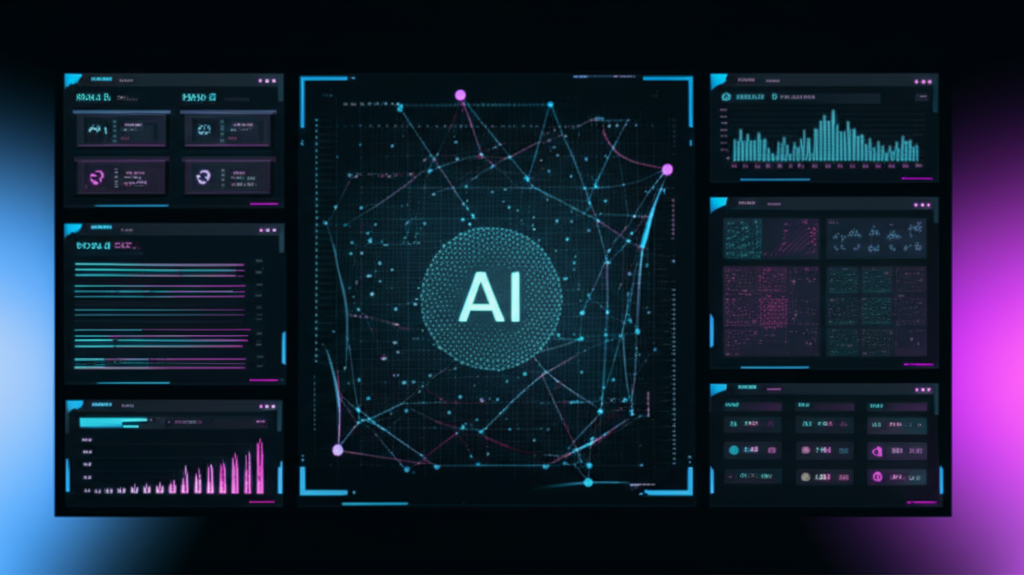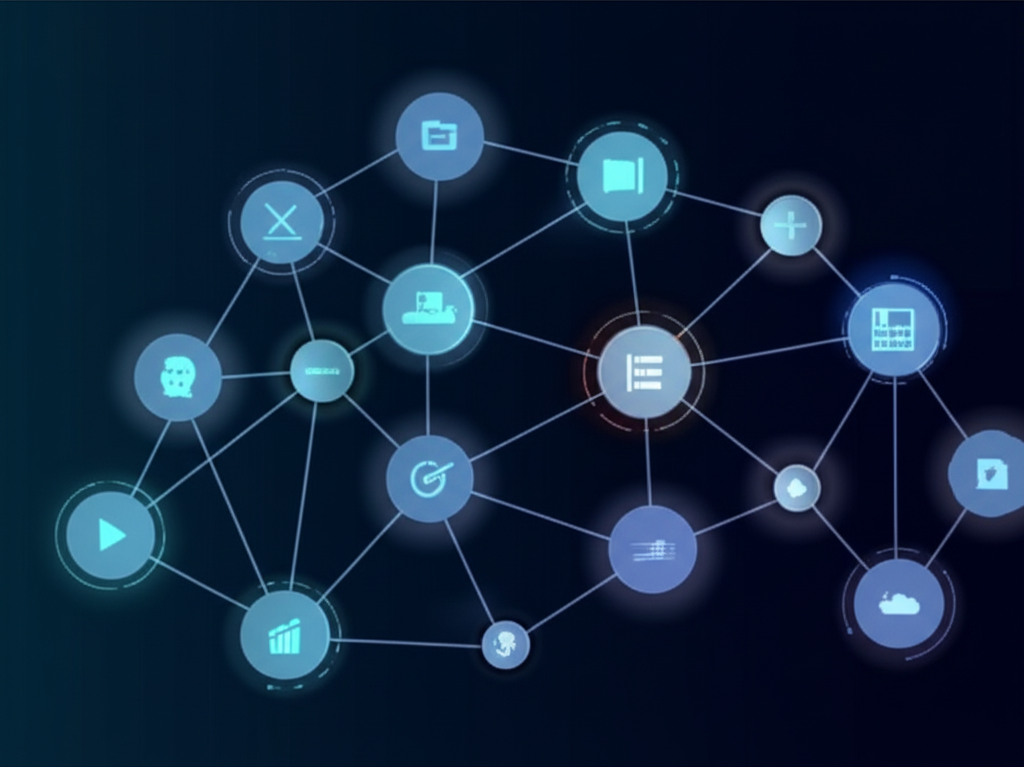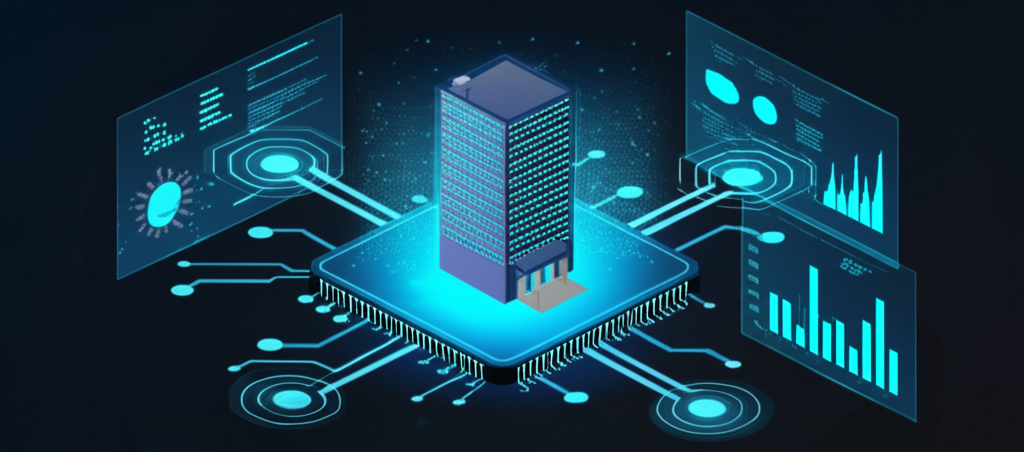The Future of Web Design: Trends Shaping 2024 and Beyond
Explore the cutting-edge design trends that are revolutionizing the web development landscape, from AI-powered interfaces to immersive 3D experiences.

The Future of Web Design: Trends Shaping 2024 and Beyond
The digital landscape is evolving at an unprecedented pace, and web design is at the forefront of this transformation. As we navigate through 2024, several key trends are emerging that will define how we create and interact with digital experiences.
AI-Powered Design Systems
Artificial Intelligence is no longer just a buzzword—it's becoming an integral part of the design process. AI-powered design systems are helping designers create more personalized, accessible, and efficient user experiences.

Key Benefits:
- Automated A/B Testing: AI can continuously test different design variations and optimize for better conversion rates
- Personalized User Interfaces: Dynamic interfaces that adapt to individual user preferences and behaviors
- Accessibility Enhancement: AI tools that automatically check and improve accessibility compliance
Immersive 3D Experiences
Three-dimensional elements are becoming more mainstream in web design, thanks to improved browser capabilities and faster internet speeds.

Implementation Strategies:
- WebGL and Three.js: Creating interactive 3D models and animations
- AR Integration: Augmented reality features for product visualization
- Spatial Design: Designing for depth and dimension rather than flat interfaces
Sustainable Web Design
Environmental consciousness is driving the adoption of sustainable web design practices that reduce energy consumption and carbon footprint.

Best Practices:
- Optimized Images: Using next-gen formats like WebP and AVIF
- Efficient Code: Writing clean, lightweight code that loads faster
- Green Hosting: Choosing hosting providers that use renewable energy
Micro-Interactions and Animation
Subtle animations and micro-interactions are becoming essential for creating engaging user experiences that feel natural and intuitive.
Examples:
- Loading Animations: Creative loading states that entertain users
- Hover Effects: Sophisticated hover states that provide visual feedback
- Scroll Animations: Elements that animate as users scroll through content
Conclusion
The future of web design is exciting and full of possibilities. By embracing these trends while maintaining focus on user experience and accessibility, we can create digital experiences that are not only beautiful but also functional and inclusive.
At Stylaxis, we're committed to staying at the forefront of these design innovations, helping our clients create websites that are ready for the future.


